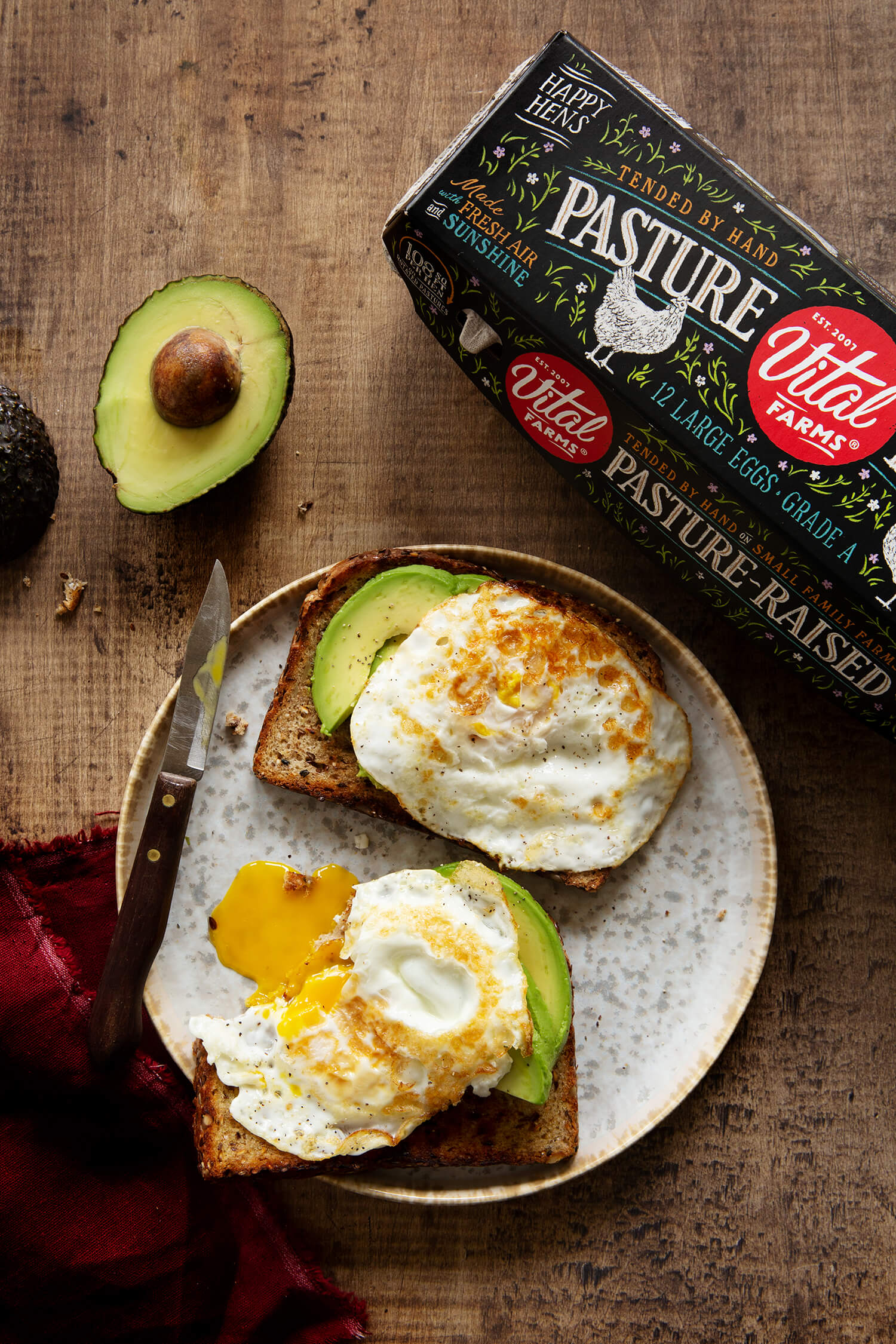While it’s a bummer to waste any type of food, the fact is that some foods like proteins take a lot more precious resources, such as land and water, to produce. Now that we’re offering a full lineup of protein options, we want to empower you to waste as little of them as possible. Here are our top tips for avoiding protein waste in your home!
Store proteins properly
Just like with fruits and vegetables, the best way to respect your proteins is to store them properly. Store meat in a sealed container at the bottom of your fridge to avoid cross contaminating other items, and never keep cooked and raw meat next to each other. If you’ve made too much food, try to eat your leftovers within two days. If you can’t finish a protein within a few days, freeze it to buy yourself more time.
Buy smaller portions more often
Shopping more frequently for smaller quantities of food is a brilliant way to avoid wasting food because it sets you up with just enough for the meals ahead, crucial for items with short shelf lives like fresh produce and seafood. It also saves you money, since an average family of four throws away $124 in food each month. Doug Rauch, former President of Trader Joe’s, also recommends being cautious of “buy one, get one free” sales at grocery stores, since these often encourage you to buy more food than you need just to get a deal. We intentionally only offer a carefully selected, limited variety of plant- and animal-based proteins so we can empower our customers to only shop for what they need. As a result, choosing the right items for you is quick and easy, enabling everyone to easily buy just enough for the meals ahead each week.
Make a meal plan
One of the easiest ways to create waste in your life is shopping without a plan for when and how you’re going to use your ingredients. This is especially true for resource-intensive and fragile ingredients like protein. Aspirational shopping for a healthy protein like tofu or salmon isn’t going to help anyone if you don’t have a plan for how to use it up before it goes bad. We recommend planning your meals for the week when you customize your Imperfect order or before heading to the grocery store. If you’ll be cooking for a group, use the guestimator tool from Save the Food to create a plan.
Practice FIFO
“First in, first out” is the organizational principle that every restaurant abides by, simply because restaurants cannot afford to waste expensive ingredients like protein. To practice FIFO in your home, be deliberate about how you use and organize your fridge. Make a habit of checking the fridge before you go shopping and rotating older proteins to the front of your fridge before you put away new ones. This way you’ll have a clear sense of what items you need to use up first and will avoid the trap of wasting something just because it’s been pushed to the back.
Make Stew
Soups and stews are the perfect catch-all solution for when you have leftover protein that’s not quite enough to make a meal of its own. Whether that means a few stray chicken wings or a package of tofu that you forgot you had, soups and stews are a flexible and forgiving way to use up any type of stray protein. If you have leftovers that have more bones and scraps than meat, don’t throw them away either! Try simmering them with some of your leftover onions and celery to make a hearty and nutritious stock.










I’ve got a conflict on my diets. My last blood test showed my phosphorus level was high. But I’m also on a diabetic diet too. Not to mention I’ve been on a high fiber diet for years do to a digestive issues. So what do you recommend for food plan my daughter who lives wit me can eat almost anything . I like omelets with all line of things in them but after awhile that gets old. Once in in a blue moon I’ll just fix me an egg in a nest that is a hole cut out of slice of bread & the egg cracked in the whole. All fried together. This Monday will be our first order. I’m excited to see what is in the box. As a former cook at place where I cooked for the low income families and some homeless people in our area I’ve have taken restaurants leftovers and deconstructions day it to makes meal for about 50-60 people. So I know how to use all my left overs. Ugly food never bothered me. As a young girl my grandfather always had a garden & I saw a lot of odd looking vegetables. I get up set with my daughter when the cheese gets a little mold on lt. I tell her to cut it off & use the rest. Use to I would make something with it but on this new food plan dairy is a big no no . But thank you for letting the younger generations know that just because it’s not totally perfect doesn’t mean it’s not still good.